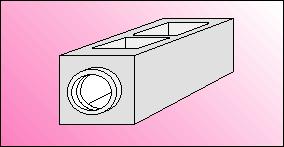
The vessel used for bilayer lipid membrane
formation |
I perform experiments using planar bilayer lipid membrane (BLM) prepared
according to the Muller-Rudin method*. The membrane are formed in a vessel
made from one pice of Teflon, consisting of two chembers. Between the chambers
there is a septum with the aperture of about 1mm diameter. The formation of
BLM is a spontaneus, self-assembling process.
* Mueller P., Rudin D., Tien H.T., and Wescott W.C., Reconstitution
of excitable cell membrane structure in vitro, Circulation, 26
(1962) 1167-1171.
|
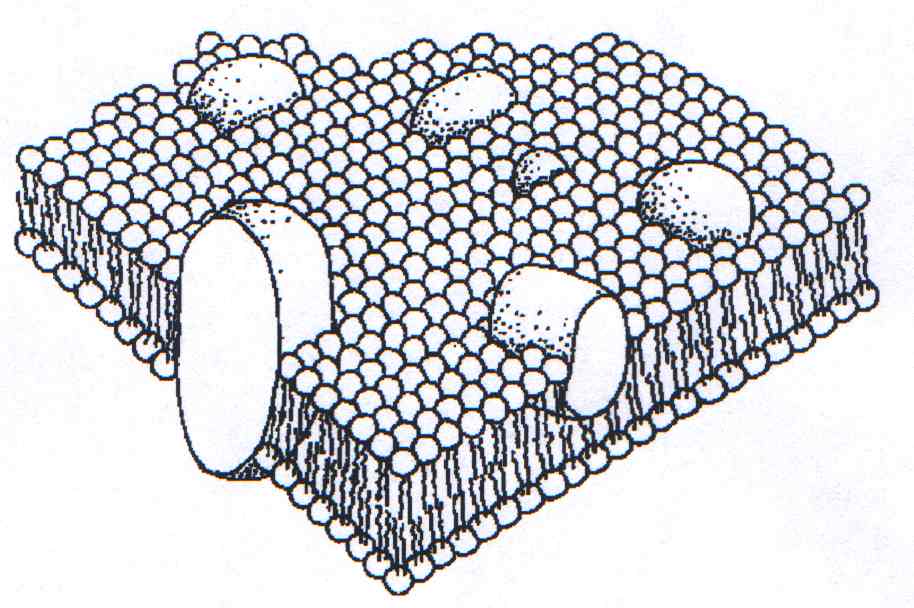
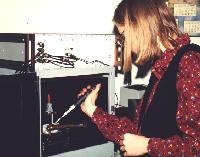
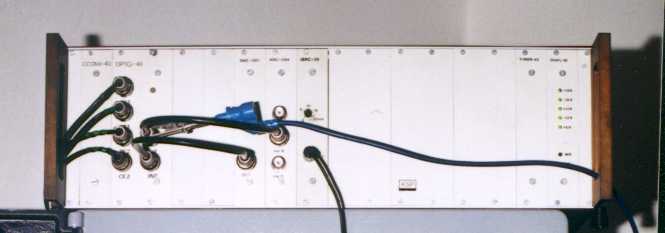
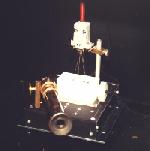


 stankor@uwm.edu.pl
stankor@uwm.edu.pl